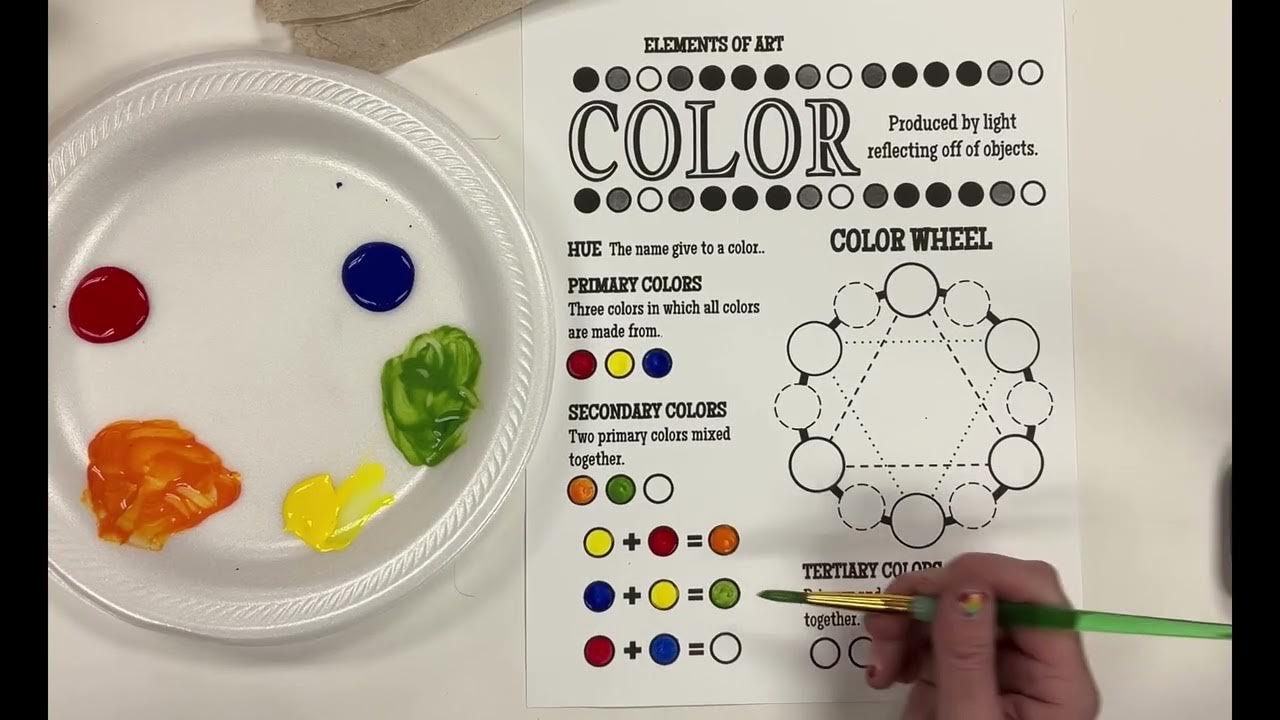I Tried to Plant Dye with Walnut and Madder
Summary
TLDRIn this experimental video, the host dives into the world of plant dyeing, using walnut shells to create a unique brown color and madder powder for an additional red tint. While explaining the history of natural dyes, the host shares their hands-on process, including challenges like pot size and temperature control. Despite the experimental nature of the project, the resulting fabric turns out to be a rich, warm brown with subtle red undertones, offering a beautiful and natural alternative to synthetic dyes. The video encourages viewers to embrace imperfection and experiment with plant-based dyes.
Takeaways
- 😀 The video focuses on natural plant-based dyeing of fabric, not cooking.
- 😀 The presenter found undyed fabric at a secondhand shop for experimentation.
- 😀 Natural dyes have been used historically, long before synthetic dyes appeared in the 1850s.
- 😀 Common plant-based dyes include weld (yellow), madder (red), indigo (blue), walnut (brown), and cochineal (red/pinkish purple).
- 😀 The walnut dyeing process involves removing shells, cooking them in water for hours, and straining out solids.
- 😀 Maintaining appropriate water volume and pot size is crucial to achieve even color on fabric.
- 😀 Temperature control (around 70°C) is essential to prevent unwanted browning of the dye.
- 😀 Madder powder can be prepared in warm water and added to the walnut bath to create warm reddish-brown tones.
- 😀 Natural dyeing is unpredictable, and trial-and-error experimentation is part of the process.
- 😀 The final color achieved is a unique in-between shade that cannot be easily bought and is valued for its natural, historical aesthetic.
- 😀 The presenter emphasizes learning from mistakes, audience engagement, and the fun of exploring plant dyeing.
Q & A
What is the main focus of the video?
-The video focuses on a DIY plant dyeing project using walnuts, where the creator experiments with natural dyes to color fabric.
What kind of fabric does the creator use for the dyeing process?
-The creator uses a white, undyed fabric, which they want to dye using natural walnut dye.
What is the historical context of plant dyeing mentioned in the video?
-The creator discusses how synthetic dyes were invented in the 1850s, but people have been dyeing textiles using natural plant-based dyes for much longer, citing examples like weld (yellow), matter (red), and indigo (blue).
What plant does the creator use for the dyeing process in this video?
-The creator uses walnuts to create a natural dye for the fabric, aiming for a brown color.
Why does the creator mention gloves during the dyeing process?
-The creator mentions using gloves because walnut shells can stain the hands, making it difficult to clean off the brown and yellow stains.
What challenges does the creator face during the dyeing process?
-The creator faces challenges with the size of the pot for dyeing, insufficient water for the fabric, and concerns about uneven color results due to the small pot size.
What is the creator's attitude toward the process?
-The creator is open about being inexperienced in plant dyeing and refers to the project as an experiment. They express excitement about learning and hope for success but are also aware of the potential for mistakes.
What is the importance of the temperature in the dyeing process?
-The creator ensures the dye bath stays between 70-90 degrees Celsius to prevent the color from turning brown or overcooking. Maintaining the right temperature is key for achieving the desired color.
How does the creator adjust the dye bath to achieve a more vibrant color?
-The creator decides to add matter (a red plant dye) to the walnut dye bath to adjust the color, making it more vibrant and possibly giving it a warm, reddish-brown hue.
What final color does the creator achieve for the fabric?
-The creator achieves a warm brown-orange color with a hint of red, which they describe as a unique shade that can't be bought, showcasing the beauty of natural plant dyes.
Outlines

This section is available to paid users only. Please upgrade to access this part.
Upgrade NowMindmap

This section is available to paid users only. Please upgrade to access this part.
Upgrade NowKeywords

This section is available to paid users only. Please upgrade to access this part.
Upgrade NowHighlights

This section is available to paid users only. Please upgrade to access this part.
Upgrade NowTranscripts

This section is available to paid users only. Please upgrade to access this part.
Upgrade NowBrowse More Related Video

Membuat hijab ecoprint

Daun untuk ecoprint Part 2

Bahan-bahan yang Digunakan untuk Membuat Ecoprint by Titik Godhong Ayu

PLANTED TANK SUBSTRATE AND SOIL GUIDE - BASE LAYER FERTILIZING VS. SAND, GRAVEL

How to Color Wheel with Primary, Secondary and Tertiary colors

CARA MEMBUAT ECOPRINT DENGAN TEHNIK KUKUS
5.0 / 5 (0 votes)